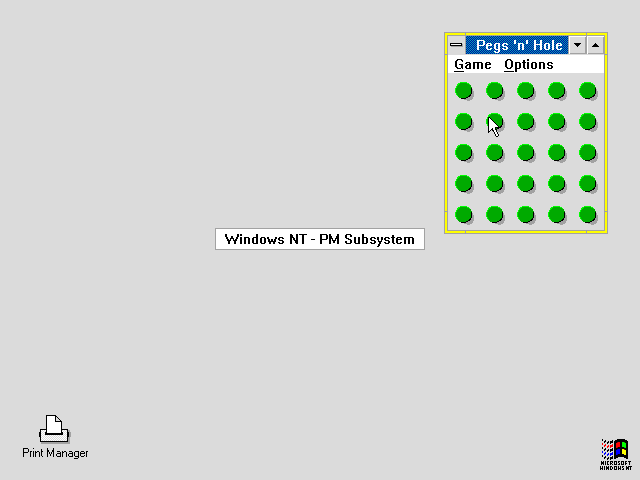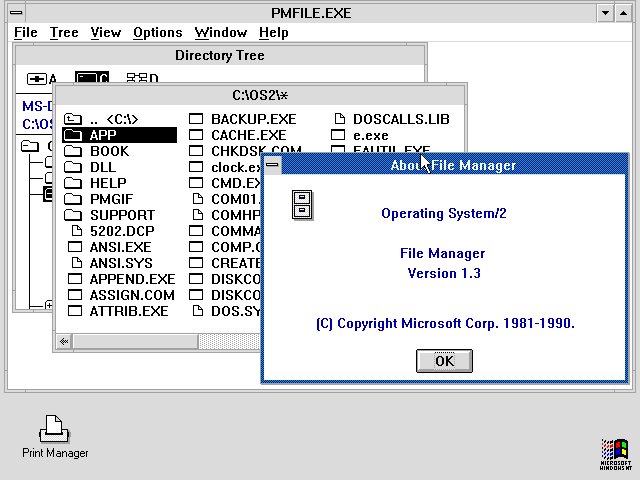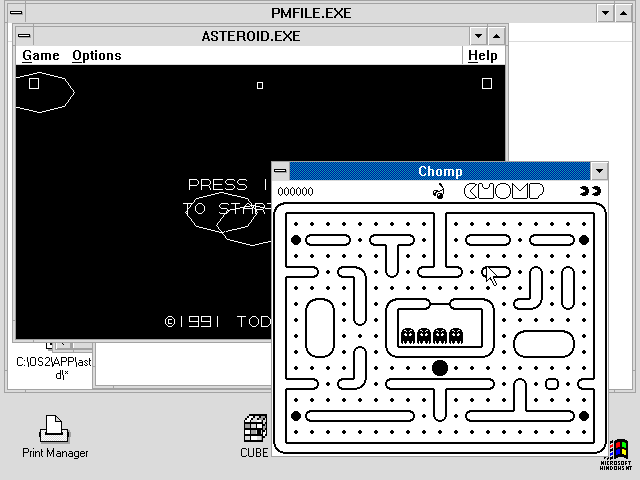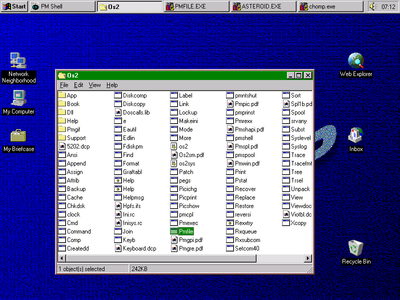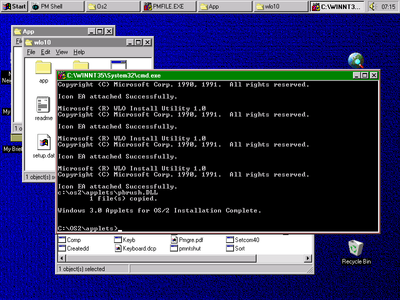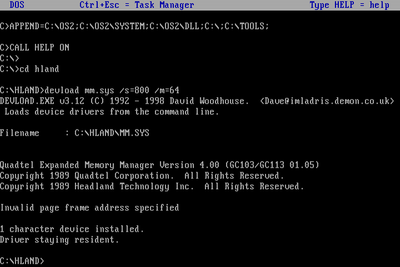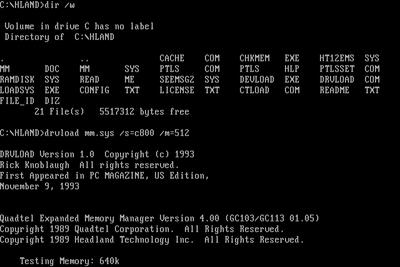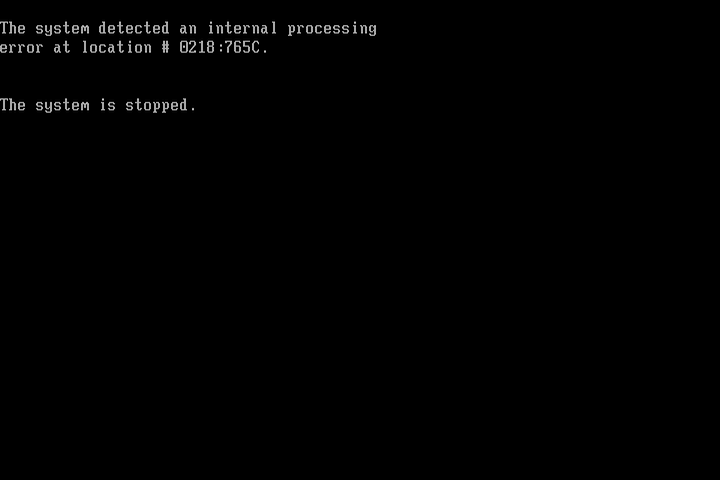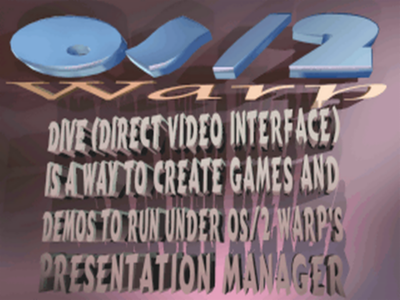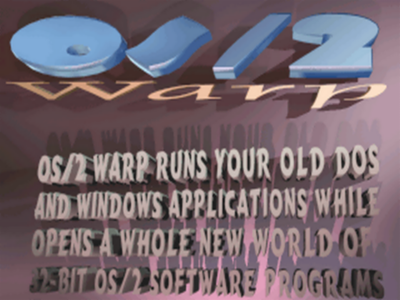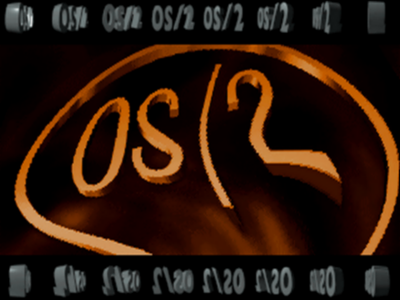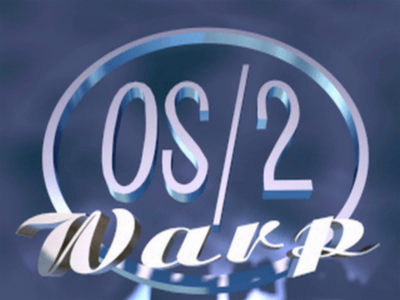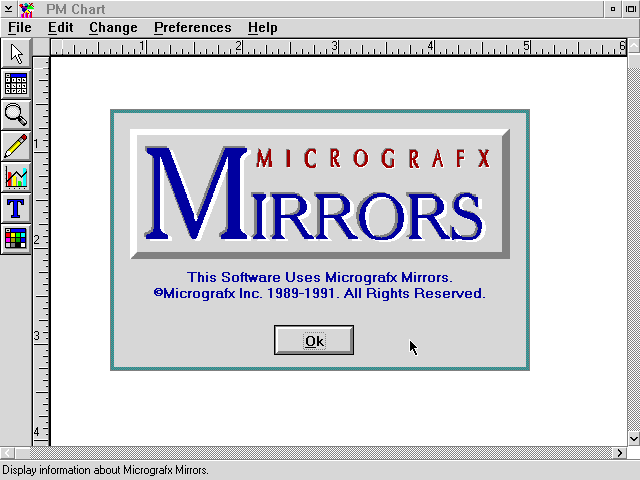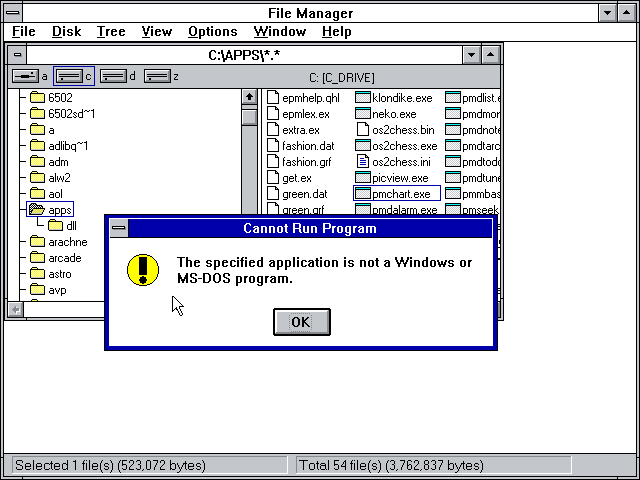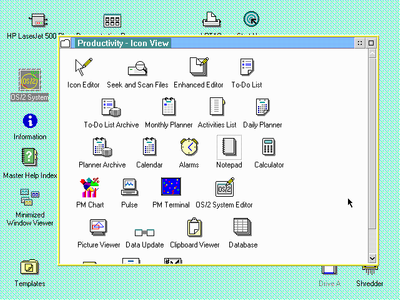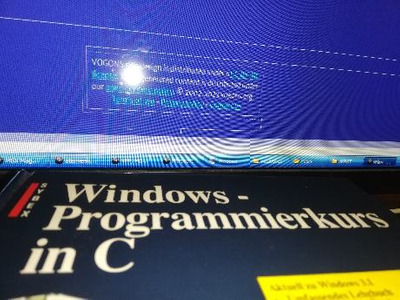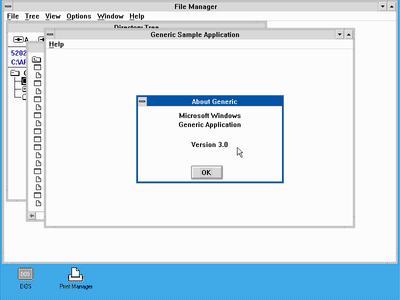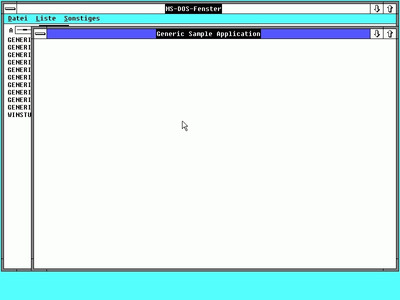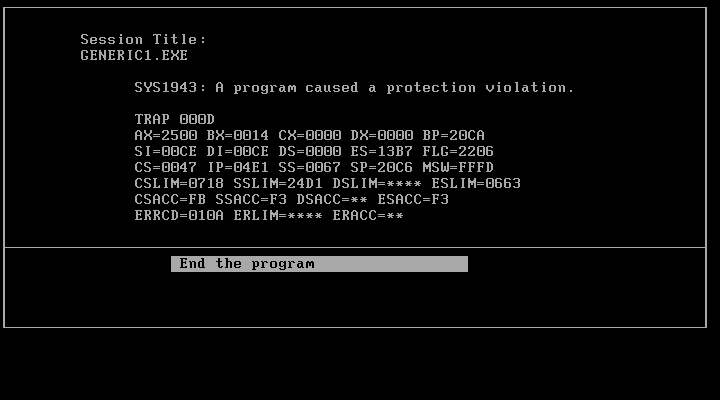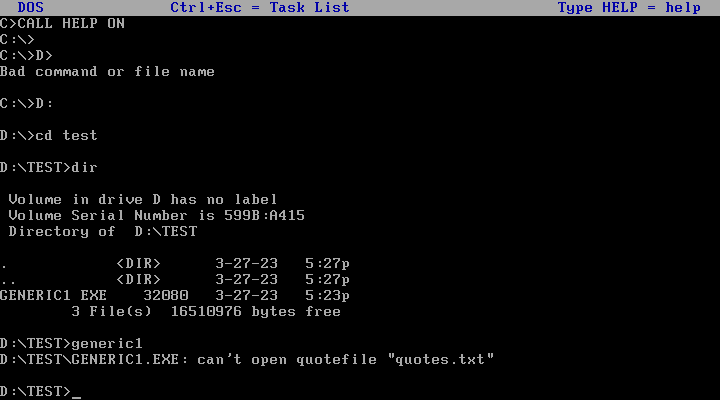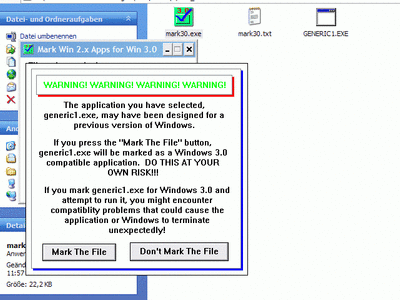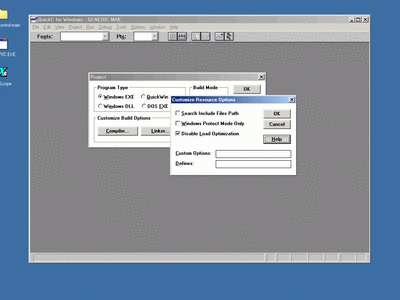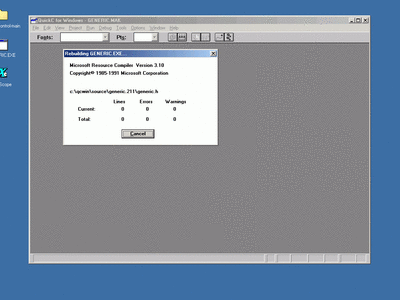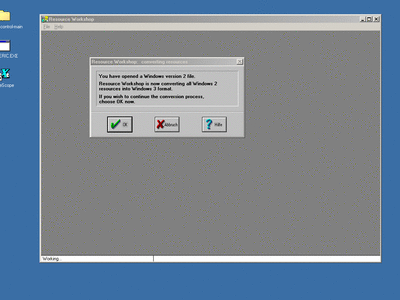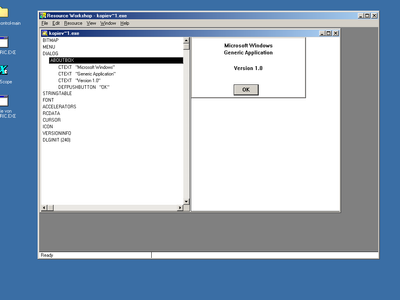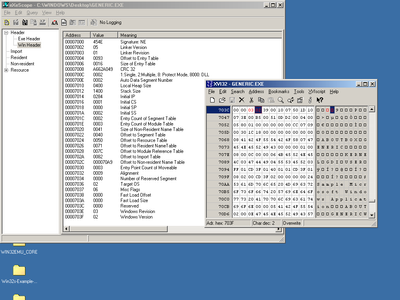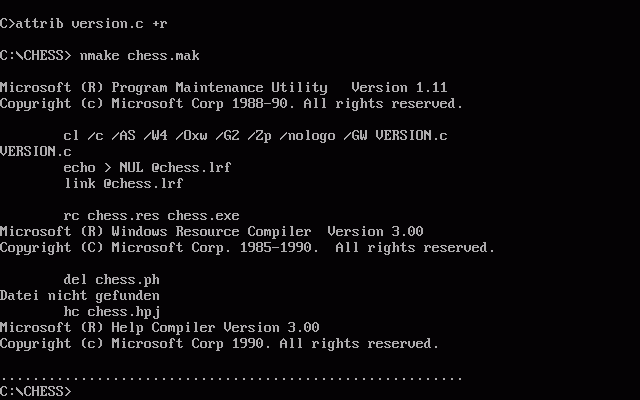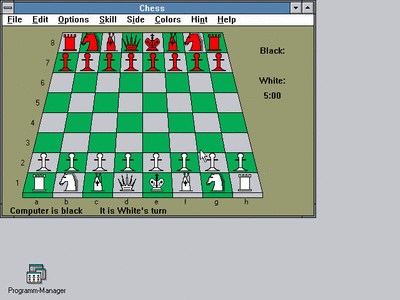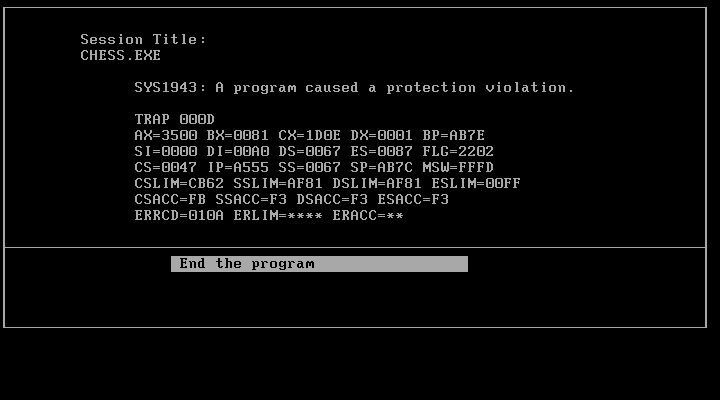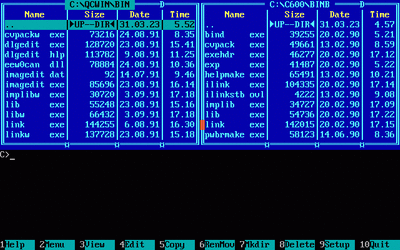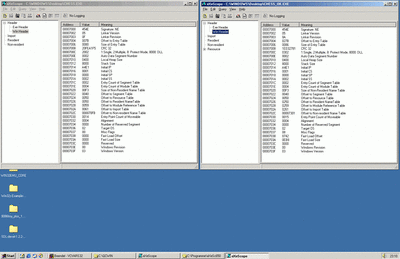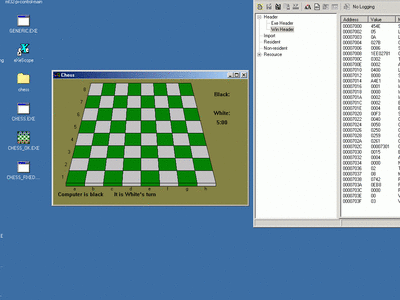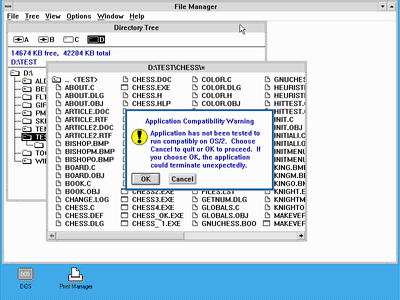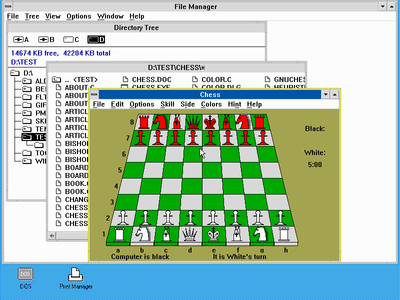Reply 60 of 160, by Jo22
- Rank
- l33t++
the3dfxdude wrote on 2023-03-08, 15:45:Interesting! And a bit confusing! […]
Jo22 wrote on 2023-03-08, 11:21:Thanks for the link! ^^ These two are an interesting read, I think. My First Experience with MS Windows (archived version, also […]
Thanks for the link! ^^
These two are an interesting read, I think.
My First Experience with MS Windows (archived version, also still online)
AutoCAD for WindowsInteresting! And a bit confusing!
By late 1990, we realized that there was a lot of conflict between Microsoft and IBM about the future directions of OS/2. At one […]
By late 1990, we realized that there was a lot of conflict between Microsoft and IBM about the future directions of OS/2.
At one point, our Microsoft contacts, urged us to consider AutoCAD for Windows 3.1, which was about to be released.
I was, however, very skeptical since Windows 3.1 was a 16 bit operating system, and on a Window system,
AutoCAD really required a flat address space only available on 32 bit operating systems.On July 5th, 1991 two months before the announced Microsoft/IBM divorce, Cameron was in the room when Bill Gates trumped Kern Si […]
On July 5th, 1991 two months before the announced Microsoft/IBM divorce,
Cameron was in the room when Bill Gates trumped Kern Sibbald's soliloquy
on how to promote OS/2 by leaning forward and saying very simply: "We don't want to sell OS/2".It was a stunning revelation. The room was filled with the MS OS/2 lead programmers.
They were there to celebrate the first 32-bit application running on OS/2.
When Bill spoke those simple words, you could see the blood drain from their faces as their heads filled with random white noise.OS/2 2.0 was the first 32bit version of OS/2, right, and came out in '92? And they were there in '91 to celebrate the first 32bit application,
which could not have been AutoCAD, because it involved MS programmers. I mean that part that it was coming from MS programmers makes sense,
because no one else would have had prior access to the proper 32bit flat address space compilers and apis to do it.
It was a very sly thing for Gates to pull this and tell the Autodesk team that they were pulling out of OS/2!AutoCAD could not have been a 32bit application already, by this statement.
I think he *hoped* that they'd finally move to that based on the announced meeting,
and Gates's move in the meeting held them back if OS/2 was DOA and Windows was it.
Somehow they knew, even if Gates could not publicly admit it.Another thing said was this in '92 on the Windows version of AutoCAD:
Shoehorning a huge program like AutoCAD into the 16-bit architecture of Windows 3.0 was a Herculean task,
made easier by our initial investment in the OS/2 version of AutoCAD.This means AutoCAD was and still was 16bit application, but being 16bit was not as bad as they made it sound to be.
It's just Windows was a different API It just meant they couldn't land the 32bit version as fast as they initially planned. I guess OS/2 was a bit over promised, wasn't it?
It just was too late into action. I'm sure AutoCAD wanted to be on the inside to have an edge over their competition when 32bit apps finally arrived.
Was there actually a 32bit version of AutoCAD before 1992? I don't think the Xenix version would have been based on our earlier conversation.Looking at AutoCAD version history, it looked like while version 13 was for Windows 3.1, a 16bit platform at the time, they also had a port for Windows NT Alpha?
So they were still moving forward with a 32bit version I guess... whenever NT was ready. And this was the only 16bit windows version. The next versions were very likely 32bit only.
https://en.wikipedia.org/wiki/AutoCAD_version_history
Yes, that's really a bit confusing I think. 🤷
It didn't really help that different versions of software were apparently internally called "OS/2 2.0" during development, also.
- That's at least the way I did understand the story, not sure if it's true actually.
My guess is that porting AutoCAD to Presentation Manager mainly eased the transition to MS Windows afterwards.
The APIs are different, but kind of similar. The Windows GDI and the OS/2 PM API most (in)famously use a different coordinate system, but the principle is the same.
That didn't save the developers from lots of work, but it avoided the need for a complete rewrite, at least.
I'm afraid can't provide a definite answer to the 32-Bit nature of AutoCAD, since I don't have the versions at hand right now. ^^;
My guesses for the Windows 3.1 version(s) are that
a) 32-Bit inline assembly could have been used
b) a 32-Bit Extender was used (Phar Lap etc)
c) the Win32s runtime was used to run a Win32 version on Windows 3.1
d) the strange and obscure WinMem32 API was used (supports flat mode on Windows 3.1 Enhanced Mode)
Hm. The early Windows 3.0/3.1 days were genereally really weird, I think. At least by today's standards, I mean.
Special Win16 executables could also being created by early Borland products like Turbo C++ to for Windows, I believe.
In project settings, there's an option to compile as Windows EXE, QuickWin EXE, Windows DLL and DOS EXE.
The QuickWin type essentially simulates a DOS command prompt in which former DOS programs run (Win3.1 hasn't its own command line output yet).
That way, they can run on Windows an use Windows' resources and do cooperative multitasking (I think).
Turbo Pascal for Windows had a similar feature (WinCRT unit), I vaguely remember.
https://en.wikipedia.org/wiki/QuickWin
The WinMem32 API (WINMEM32.DLL) was apparently part of the Window SDK since Windows 3.0, thus making it available since ~1990.
"WINMEM32 is a dynamic-link library (DLL) that supports 32-bit flat memory under
the Microsoft Windows graphical environment. WINMEM32 provides a flat model
computing environment for applications ported from another operating system to
Windows. New applications should not be designed using WINMEM32."
"Time, it seems, doesn't flow. For some it's fast, for some it's slow.
In what to one race is no time at all, another race can rise and fall..." - The Minstrel
//My video channel//
